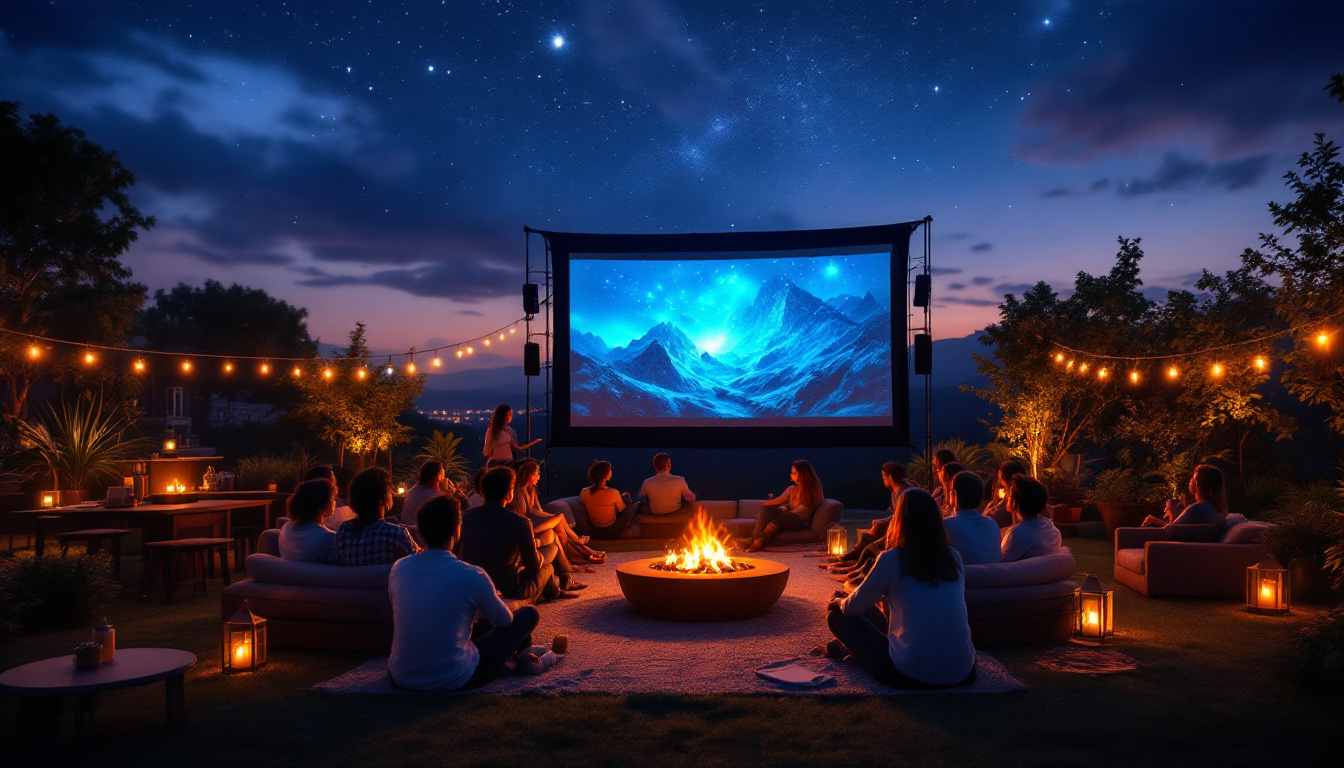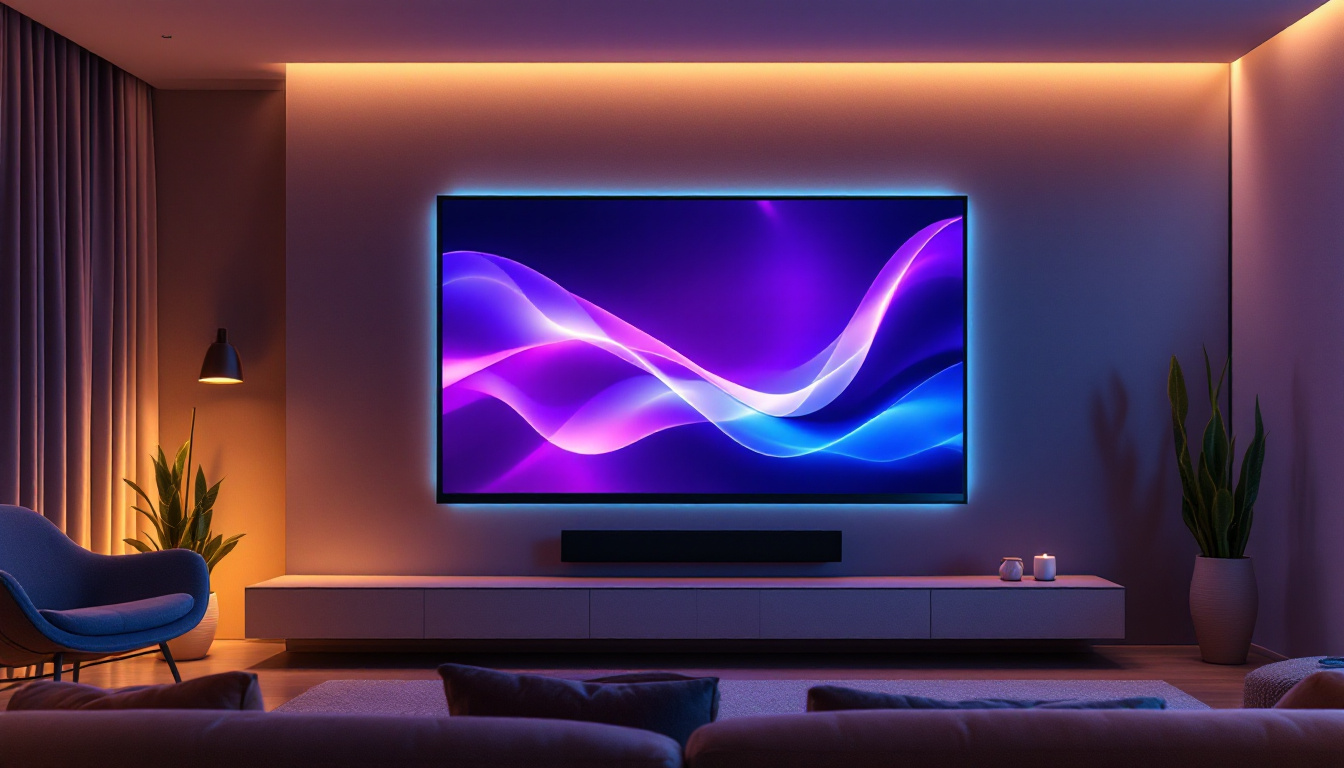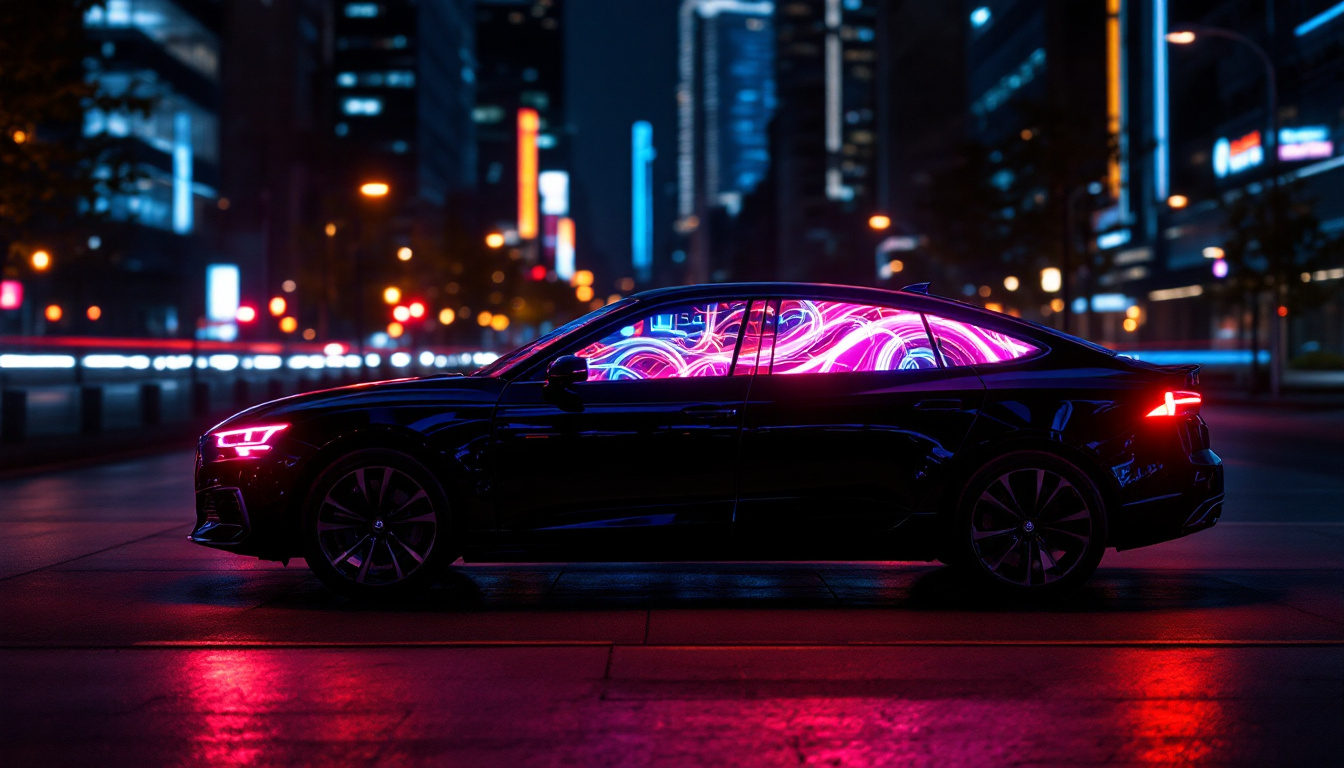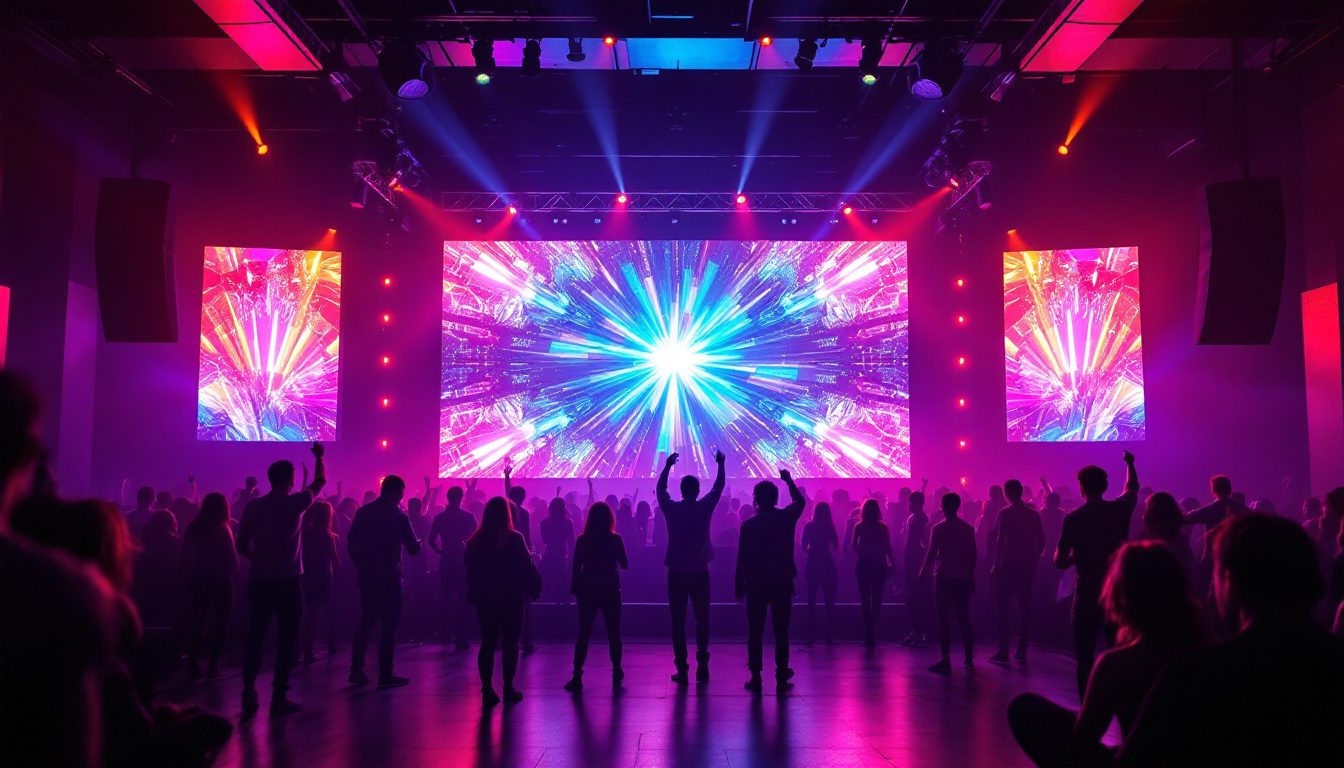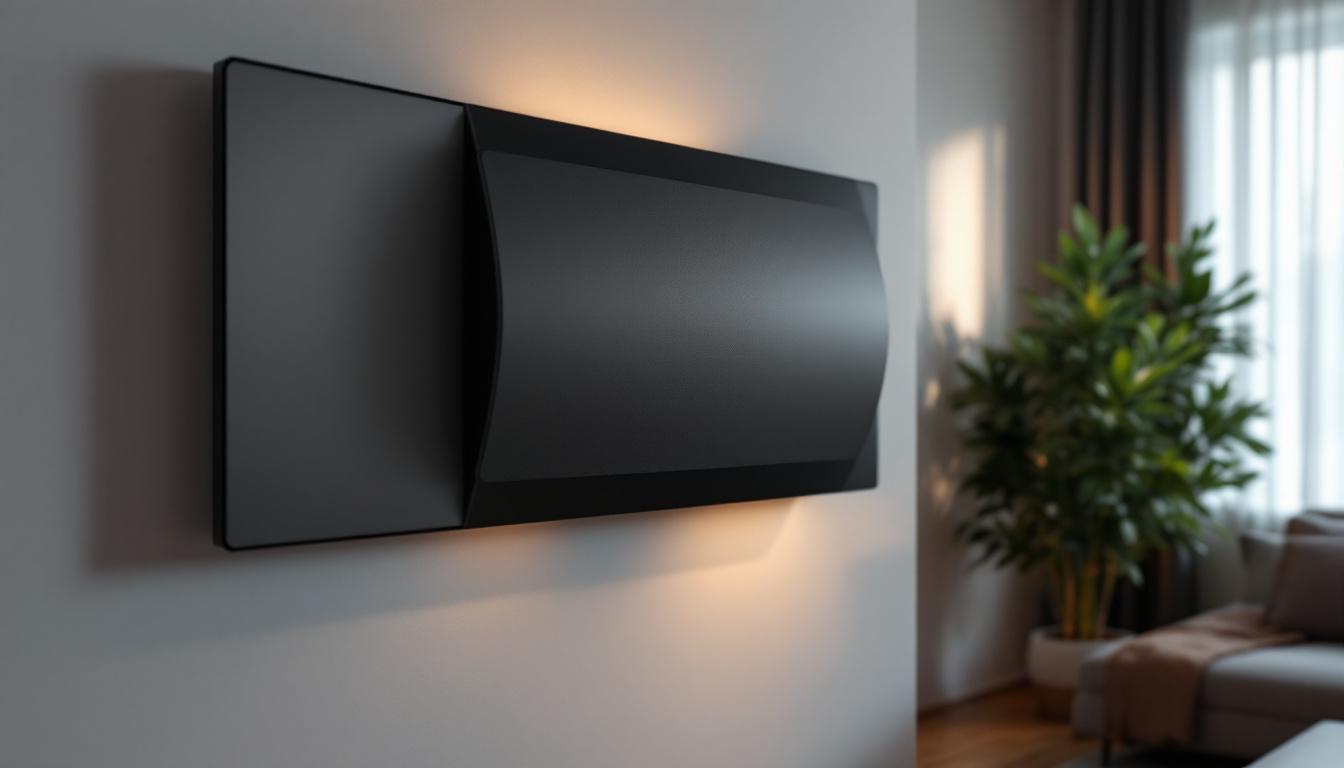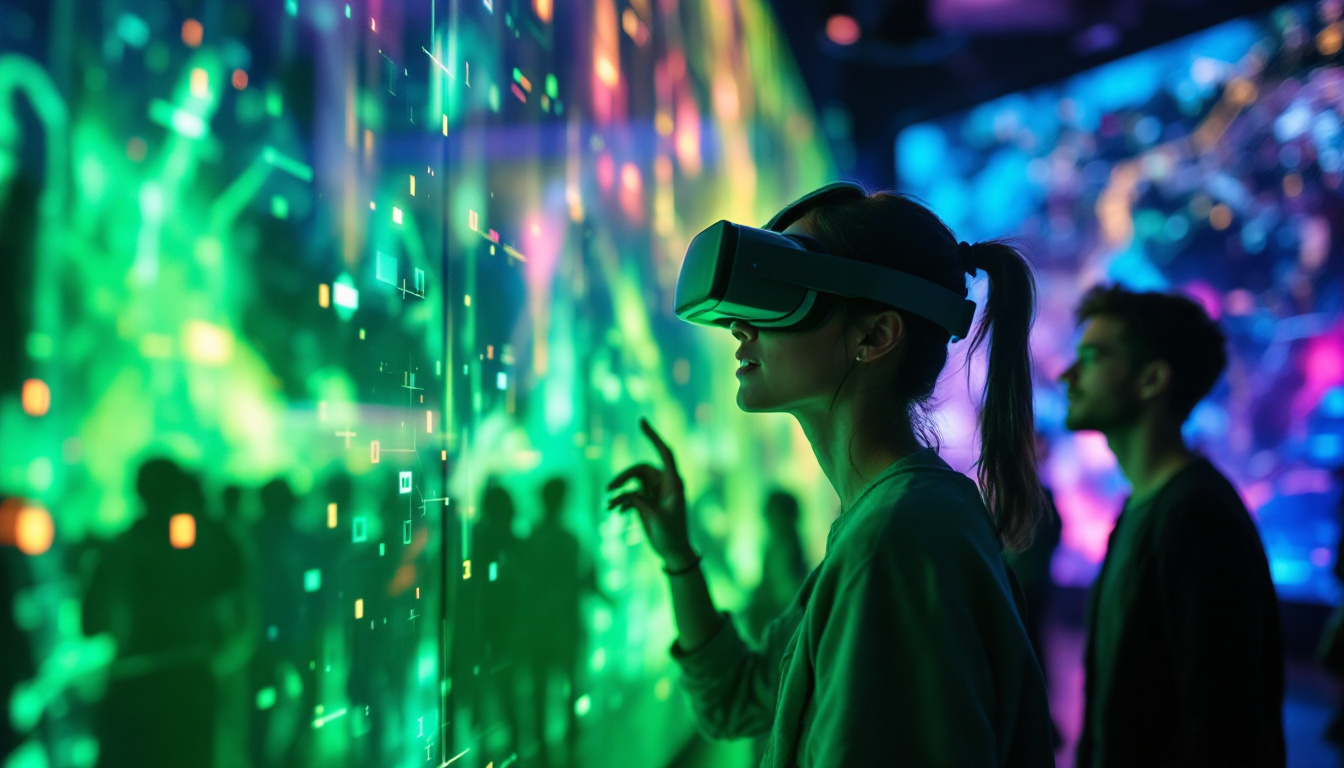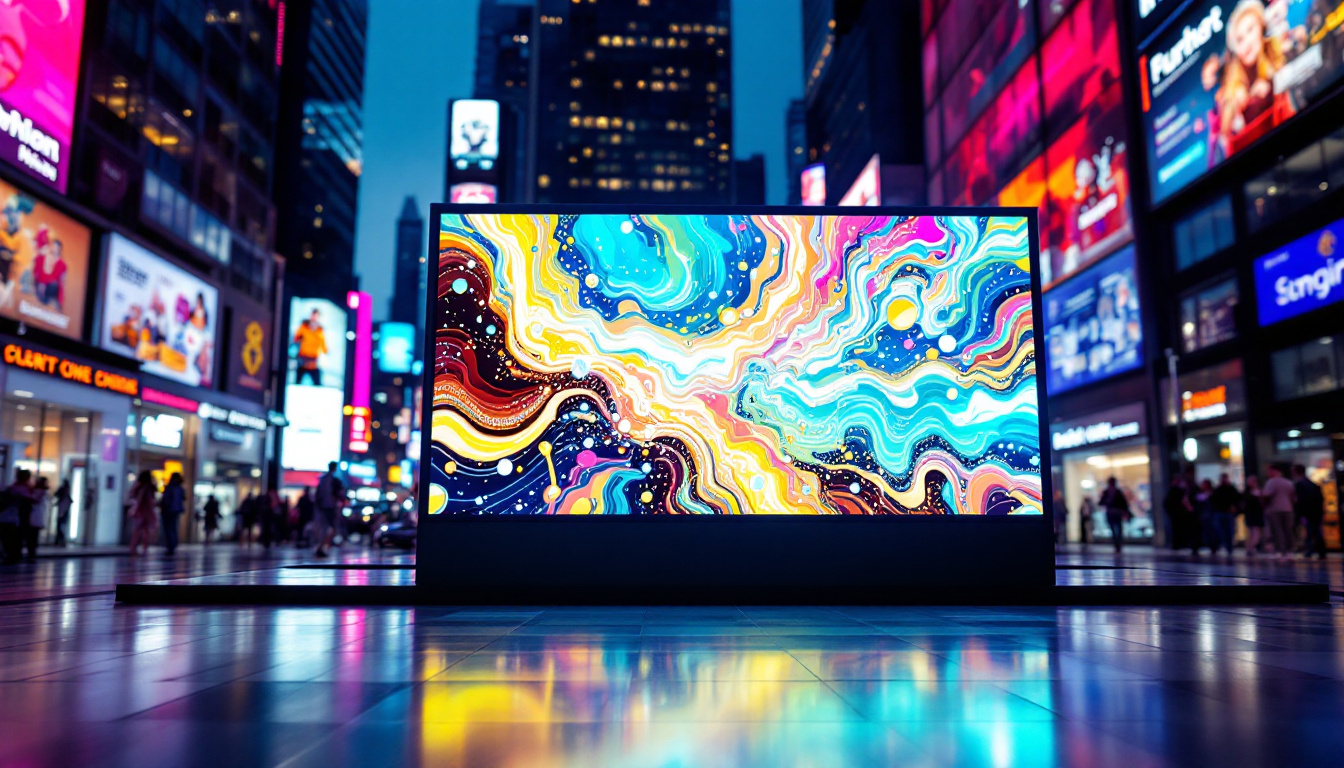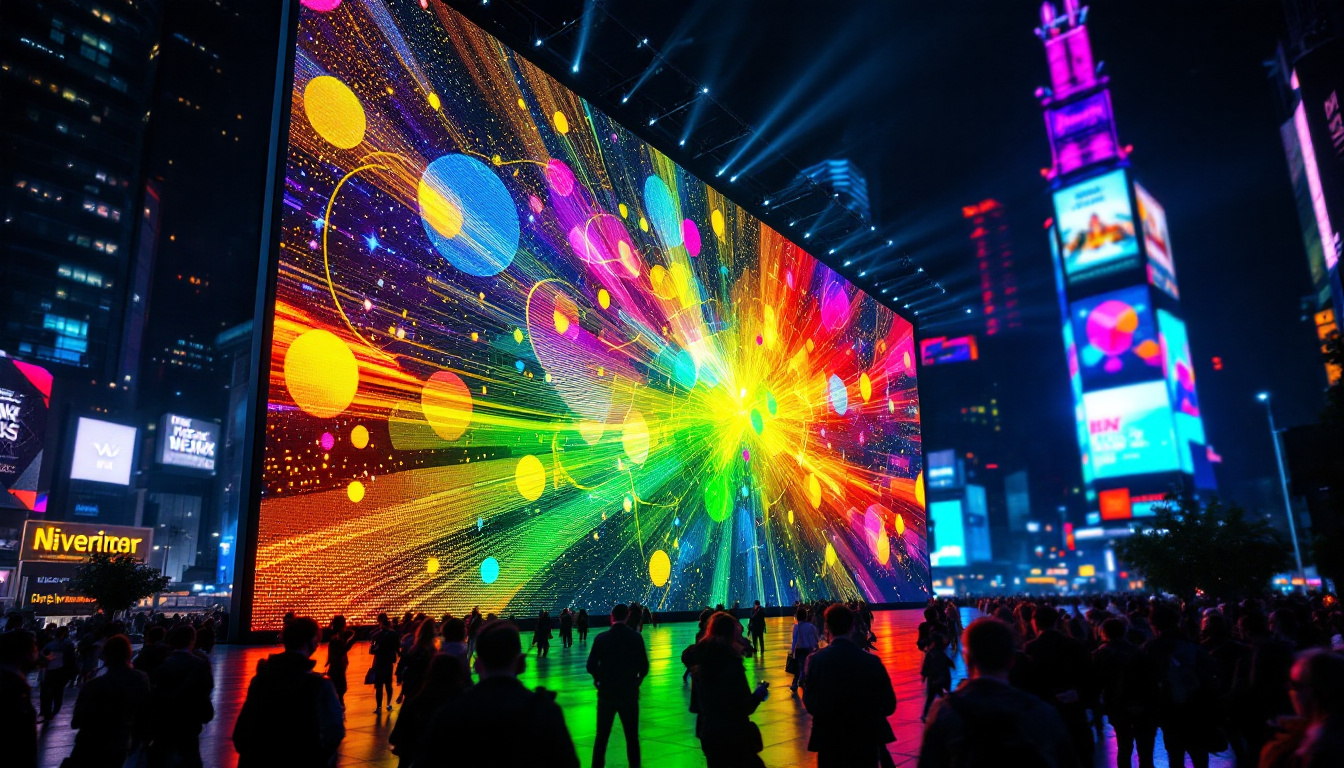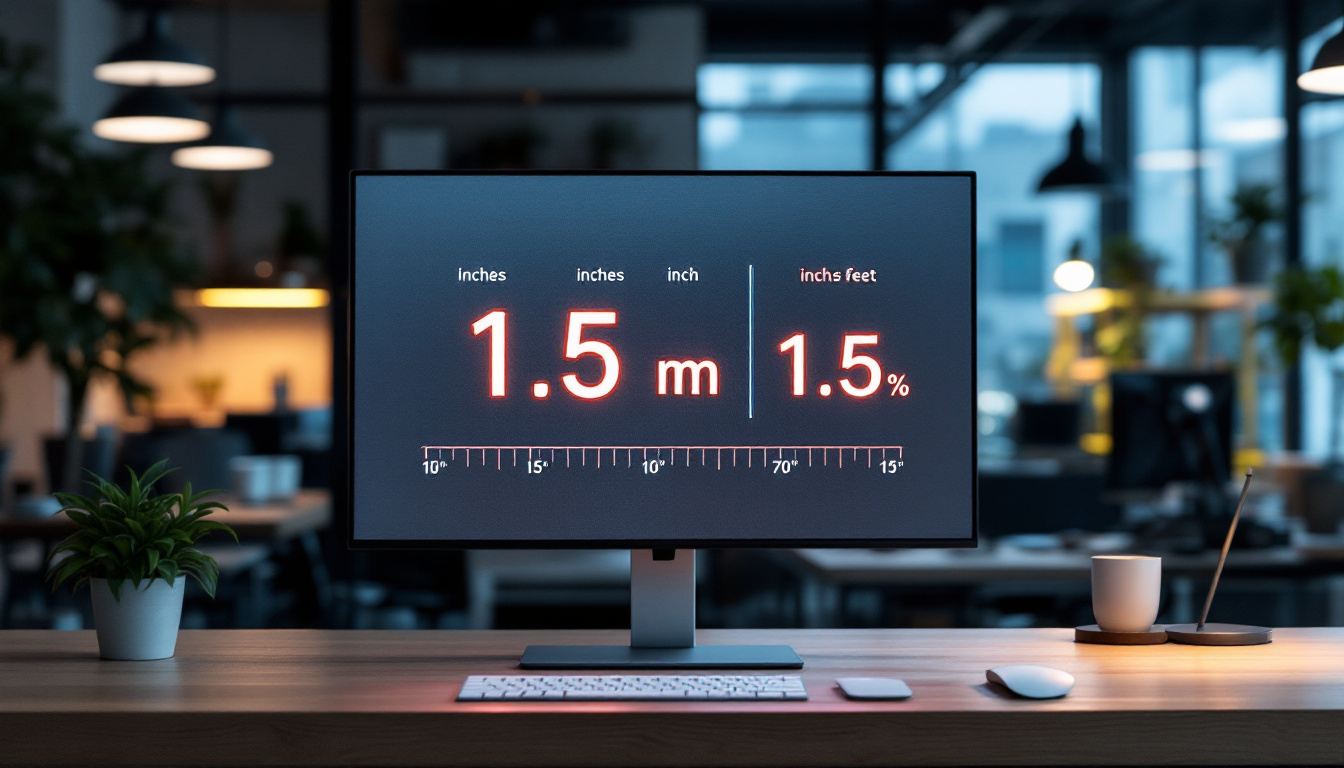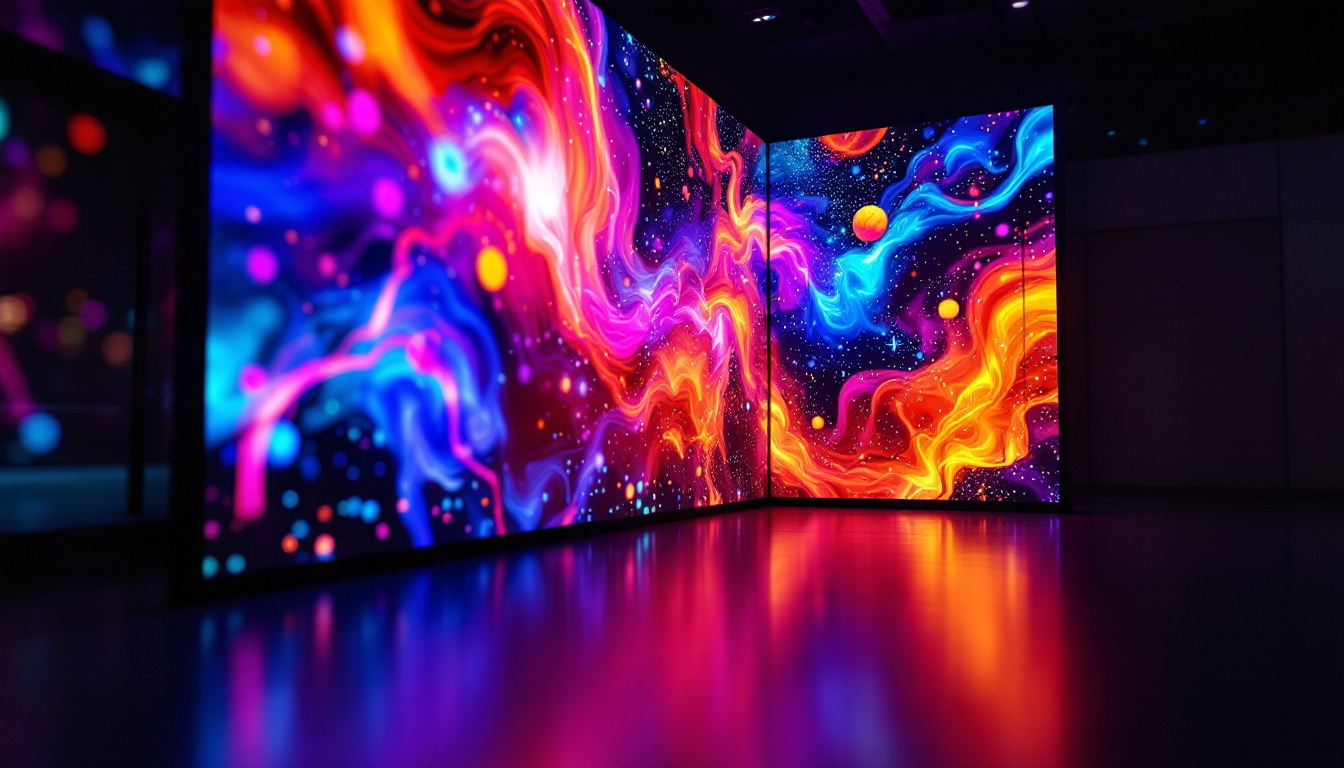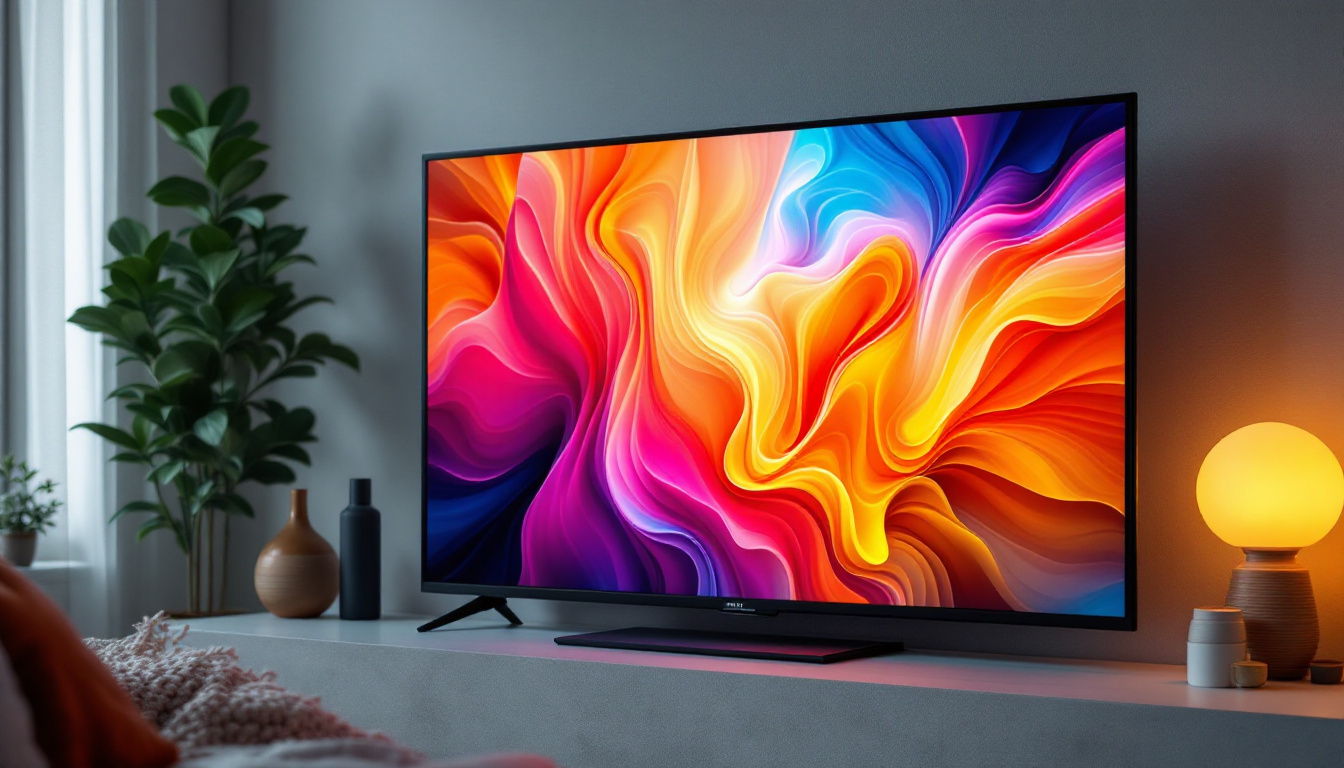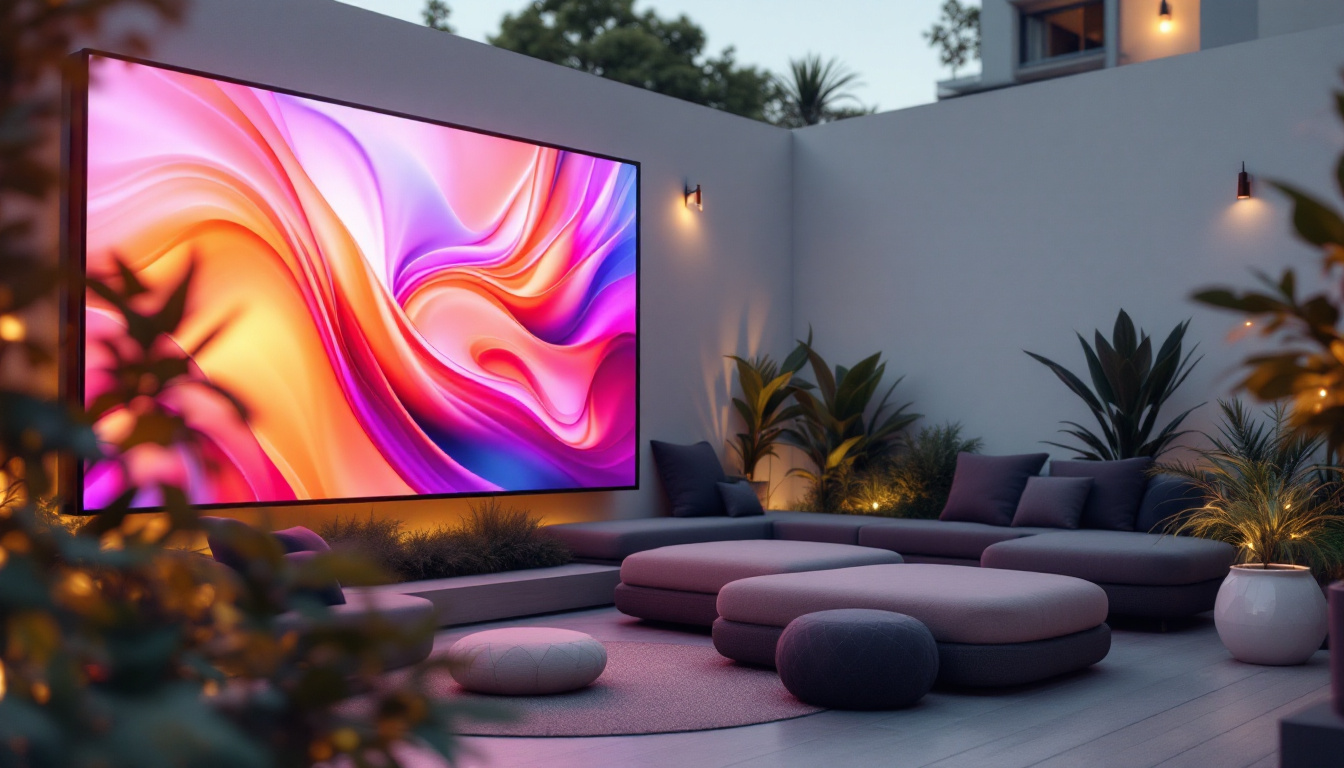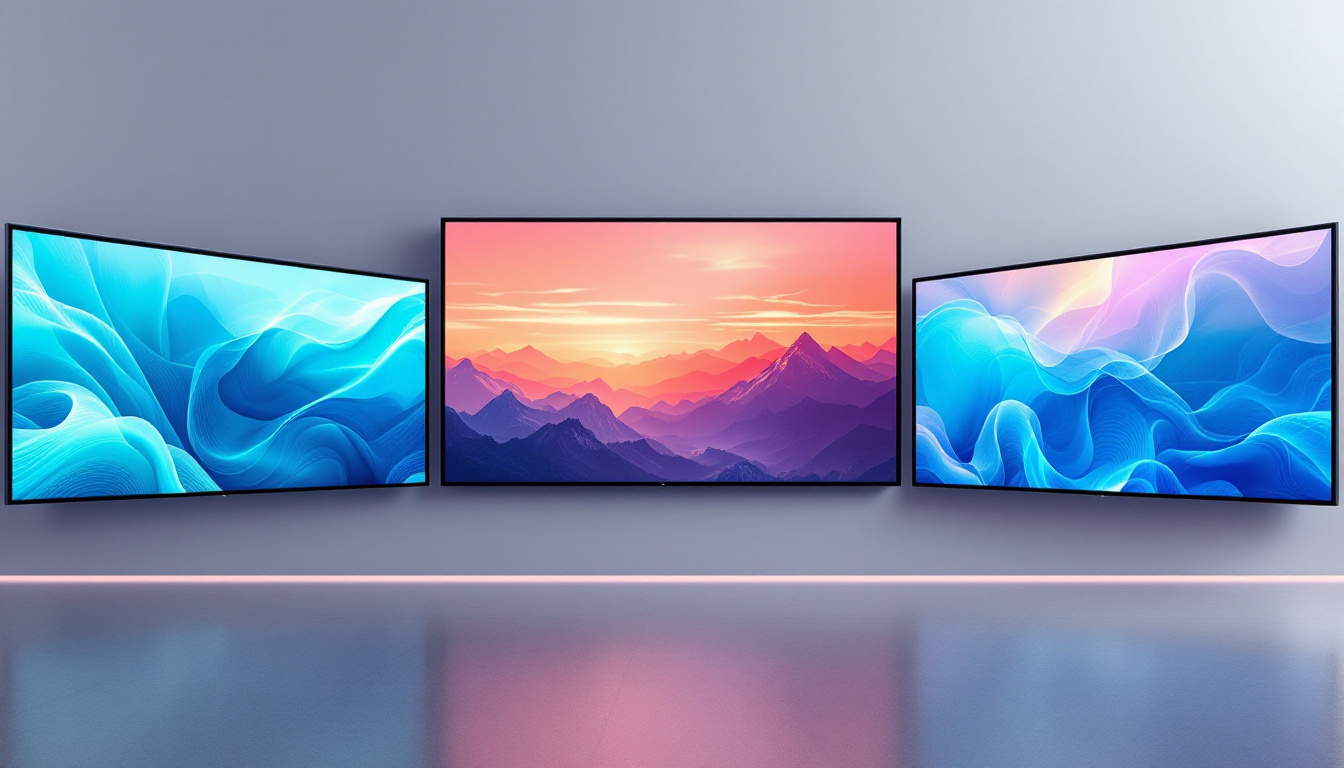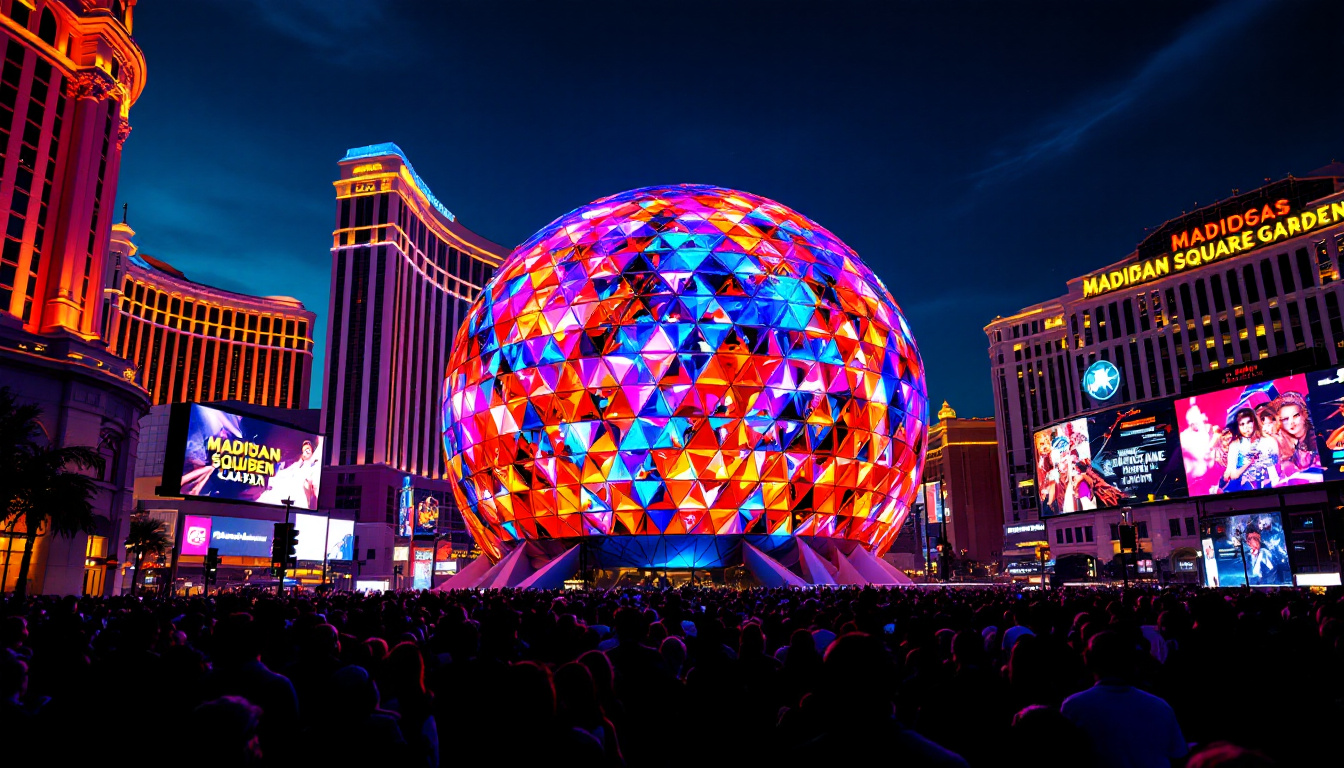The advent of interactive technologies has transformed various sectors, from education to entertainment. One of the most innovative developments in this realm is the interactive projector floor, which combines LED display technology with interactive projection capabilities. This article delves into the intricacies of interactive projector floors, exploring their functionality, applications, and the technology behind them.
Understanding Interactive Projector Floors
Interactive projector floors utilize a combination of projection and sensor technologies to create an engaging and interactive experience. By projecting images onto the floor, these systems allow users to interact with the display using their movements, gestures, or touch. This unique blend of technology creates immersive environments that can captivate audiences in various settings. From museums and art galleries to educational institutions and corporate events, interactive projector floors have found a place in diverse environments, transforming traditional spaces into dynamic interactive experiences that encourage exploration and creativity.
How They Work
At the core of an interactive projector floor is a high-quality projector paired with advanced sensors. The projector casts images onto the floor, while sensors detect movements and interactions. These sensors can be based on infrared technology, cameras, or even pressure-sensitive mats, depending on the design of the system. The seamless integration of these components allows for a fluid interaction that feels natural to the user, enhancing the overall experience. For instance, in an educational setting, students can engage with interactive lessons by stepping onto the projected floor, where they can manipulate objects or solve problems in a visually stimulating manner.
When a user steps onto the projected image, the sensors capture the movement and relay this information to the software, which then responds by altering the display in real-time. This interaction can take many forms, from simple games to complex educational simulations, making the technology versatile and adaptable to various contexts. The ability to create a responsive environment opens up endless possibilities for storytelling, learning, and entertainment, allowing users to immerse themselves in a narrative or educational journey that is both fun and informative.
Key Components
The effectiveness of an interactive projector floor hinges on several key components:
- Projector: A high-resolution projector is essential for delivering crisp and clear images. The brightness and contrast of the projector also play a crucial role in ensuring visibility in different lighting conditions.
- Sensors: These devices detect user interactions. Depending on the system, they may include cameras for motion tracking or pressure sensors to register footsteps.
- Software: The software interprets sensor data and manages the visual output. It can be programmed for various applications, from gaming to educational tools.
In addition to these core components, the design and layout of the interactive projector floor itself can significantly impact user engagement. For instance, the choice of projected content can be tailored to suit specific audiences, whether it be vibrant animations for children or sophisticated simulations for adults. Furthermore, the flooring material can also influence the overall experience; a smooth surface may enhance the clarity of the projected images, while textured surfaces can add an extra layer of interactivity by providing tactile feedback. As technology continues to evolve, we can expect even more innovative features, such as augmented reality overlays and multi-user capabilities, further enriching the interactive experience.
Applications of Interactive Projector Floors
The versatility of interactive projector floors makes them suitable for a wide range of applications. Their ability to engage users through interactive displays has made them increasingly popular in various fields.
Education
In educational settings, interactive projector floors can transform traditional teaching methods. They provide an engaging way for students to learn through hands-on experiences. For instance, a science class can utilize an interactive floor to simulate ecosystems, allowing students to visualize and manipulate different environmental factors.
Moreover, these systems can cater to different learning styles, making education more inclusive. Visual learners can benefit from the dynamic visuals, while kinesthetic learners engage through movement and interaction.
Entertainment and Events
In the realm of entertainment, interactive projector floors are increasingly used in exhibitions, museums, and theme parks. They create captivating experiences that draw visitors in and encourage exploration. For example, an art exhibit might feature an interactive floor that responds to visitors’ movements, creating a unique blend of art and technology.
Events such as corporate functions and product launches can also leverage this technology to create memorable experiences. By incorporating interactive elements, companies can engage their audience more effectively, leaving a lasting impression.
Retail and Marketing
Retailers are beginning to adopt interactive projector floors to enhance customer engagement. These systems can be used to showcase products in innovative ways, allowing customers to interact with the display. For instance, a clothing store might use an interactive floor to allow customers to see how different outfits look when they step onto the projected images.
Additionally, interactive floors can be used for promotional campaigns, providing an immersive experience that encourages customers to participate and share on social media. This not only enhances the shopping experience but also boosts brand visibility.
The Technology Behind Interactive Projector Floors
Understanding the technology that powers interactive projector floors is crucial for appreciating their capabilities. Several key technologies contribute to their functionality and effectiveness.
Projection Technology
The quality of the projection is paramount for an interactive projector floor. Modern projectors utilize various technologies, including LCD, DLP, and laser projection. Each has its strengths and weaknesses, but laser projectors are increasingly favored for their brightness, color accuracy, and longevity.
The projection surface also plays a significant role. A smooth, light-colored floor is ideal for ensuring that the projected images are clear and vibrant. Some systems even incorporate specialized coatings to enhance the projection quality and durability.
Sensor Technologies
As previously mentioned, sensors are integral to the functionality of interactive projector floors. Different types of sensors can be employed based on the desired interaction level:
- Infrared Sensors: These sensors detect movement through infrared light, making them effective for tracking gestures and footfalls.
- Camera-Based Systems: Utilizing cameras for motion tracking allows for more complex interactions, including gesture recognition and multi-user capabilities.
- Pressure Sensors: These sensors register physical contact with the floor, enabling simple interactions based on user weight or pressure.
Software Development
The software that drives interactive projector floors is crucial for creating engaging experiences. It must be capable of processing sensor data in real-time and generating responsive visuals. Many systems utilize game engines, which allow for the creation of dynamic and interactive environments.
Custom software development is often necessary to tailor the experience to specific applications, whether for educational purposes, entertainment, or retail. This flexibility ensures that interactive projector floors can meet the unique needs of various industries.
Benefits of Interactive Projector Floors
The implementation of interactive projector floors offers numerous benefits across different sectors. Their ability to engage users and create immersive experiences sets them apart from traditional displays.
Enhanced Engagement
One of the primary advantages of interactive projector floors is their ability to enhance user engagement. By allowing users to interact with the display, these systems create a sense of involvement that traditional displays cannot achieve. This increased engagement is particularly beneficial in educational settings, where active participation can lead to better retention of information.
Versatility and Adaptability
Interactive projector floors are highly versatile and can be adapted for various applications. Whether used in classrooms, museums, or retail environments, these systems can be customized to suit specific needs. This adaptability makes them a valuable investment for organizations looking to innovate and enhance their offerings.
Memorable Experiences
Creating memorable experiences is essential in today’s competitive landscape. Interactive projector floors provide unique and engaging interactions that leave a lasting impression on users. This is particularly important in marketing and branding, where memorable experiences can lead to increased customer loyalty and word-of-mouth promotion.
Challenges and Considerations
Despite their numerous advantages, implementing interactive projector floors comes with challenges that organizations must consider. Understanding these challenges can help in making informed decisions about their adoption.
Cost of Implementation
The initial investment for interactive projector floors can be significant. High-quality projectors, sensors, and custom software development can add up quickly. Organizations must weigh the potential return on investment against the costs involved in implementation.
Technical Expertise
Operating and maintaining interactive projector floors requires a certain level of technical expertise. Organizations may need to invest in training staff or hiring specialized personnel to ensure the systems function optimally. This ongoing requirement can add to the overall cost and complexity of implementation.
Space and Environment Considerations
The physical environment plays a crucial role in the effectiveness of interactive projector floors. Adequate space is necessary to accommodate the projection area and allow users to interact freely. Additionally, lighting conditions can impact the visibility of the projected images, necessitating careful planning and setup.
The Future of Interactive Projector Floors
The future of interactive projector floors looks promising, with advancements in technology paving the way for even more innovative applications. As projection and sensor technologies continue to evolve, the potential for interactive experiences will expand, offering new opportunities for engagement.
Integration with Other Technologies
Future developments may see interactive projector floors integrated with other emerging technologies, such as augmented reality (AR) and virtual reality (VR). This integration could create even more immersive experiences, blurring the lines between the physical and digital worlds.
Increased Accessibility
As technology advances, interactive projector floors are likely to become more accessible and affordable. This democratization of technology will enable a broader range of organizations to adopt these systems, further enhancing their presence in various industries.
Innovative Applications
New applications for interactive projector floors will continue to emerge as industries seek innovative ways to engage their audiences. From healthcare training simulations to interactive art installations, the possibilities are endless. As creativity meets technology, interactive projector floors will undoubtedly play a significant role in shaping future experiences.
Conclusion
Interactive projector floors represent a fascinating convergence of technology and user engagement. Their ability to create immersive, interactive experiences has made them invaluable in education, entertainment, retail, and beyond. While challenges exist, the benefits they offer are substantial, paving the way for innovative applications and enhanced user experiences.
As technology continues to advance, the future of interactive projector floors looks bright. Organizations that embrace this technology will not only enhance their offerings but also position themselves at the forefront of innovation in their respective fields.
Discover LumenMatrix LED Display Innovations
Ready to elevate your space with the interactive and immersive experiences discussed in this article? LumenMatrix is at the forefront of LED display technology, offering a wide array of solutions that transform environments and captivate audiences. From Floor LED Displays that engage and inspire, to Indoor and Outdoor LED Walls that command attention, our products are designed to revolutionize visual communication. Don’t miss the opportunity to bring your brand to life in a way that only LumenMatrix can deliver. Check out LumenMatrix LED Display Solutions and start creating unforgettable experiences today.



